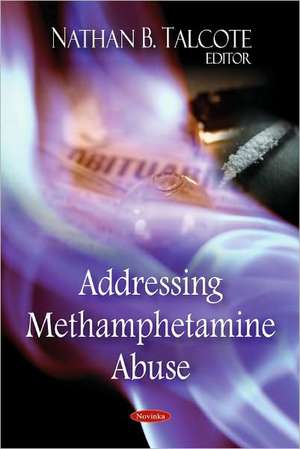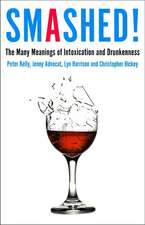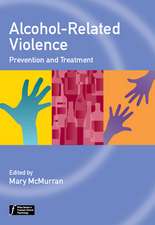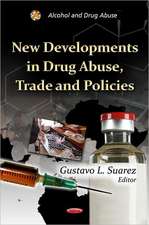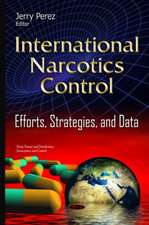Addressing Methamphetamine Abuse
Editat de Nathan B. Talcotten Limba Engleză Paperback – 12 mai 2009
Preț: 301.25 lei
Preț vechi: 406.79 lei
-26% Nou
Puncte Express: 452
Preț estimativ în valută:
57.64€ • 60.34$ • 47.98£
57.64€ • 60.34$ • 47.98£
Carte disponibilă
Livrare economică 10-24 martie
Preluare comenzi: 021 569.72.76
Specificații
ISBN-13: 9781606926703
ISBN-10: 1606926705
Pagini: 95
Dimensiuni: 153 x 226 x 7 mm
Greutate: 0.18 kg
Ediția:New.
Editura: Nova Science Publishers Inc
ISBN-10: 1606926705
Pagini: 95
Dimensiuni: 153 x 226 x 7 mm
Greutate: 0.18 kg
Ediția:New.
Editura: Nova Science Publishers Inc
Cuprins
Preface; Hearing Held on 28 June 2006; Statement of: Cronkhite, Russell, recovered meth addict; Darren and Aaronette Noble, recovered meth addicts, accompanied by Joseph Binkley; Richard A Rawson, Integrated Substance Abuse Programs, UCLA; Leah C Heaston, Noble County, Otis R Bowen Center for Human Services, Inc.; Michael B Harle, MHS, Gaudenzia, Inc.; and Pat Fleming, Salt Lake County Substance Abuse Services; Joseph Binkley; Russell Cronkhite; Pat Fleming; Michael B Harle; Leah C Heaston; Aaronette Noble; Darren Noble; Richard A Rawson; Madras, Bertha, Office of Demand Reduction, Office of National Drug Control Policy; Nora D. Volkow, National Institute on Drug Abuse, National Institutes of Health, U.S. Department of Health and Human Services; and Charles G. Curi., Substance Abuse and Mental Health Services Administration, U.S. Department of Health and Human Services, accompanied by H. Westley Clark, Center for Substance Abuse Treatment; Charles G Curie; Bertha Madras; Nora D Volkow; Index.
